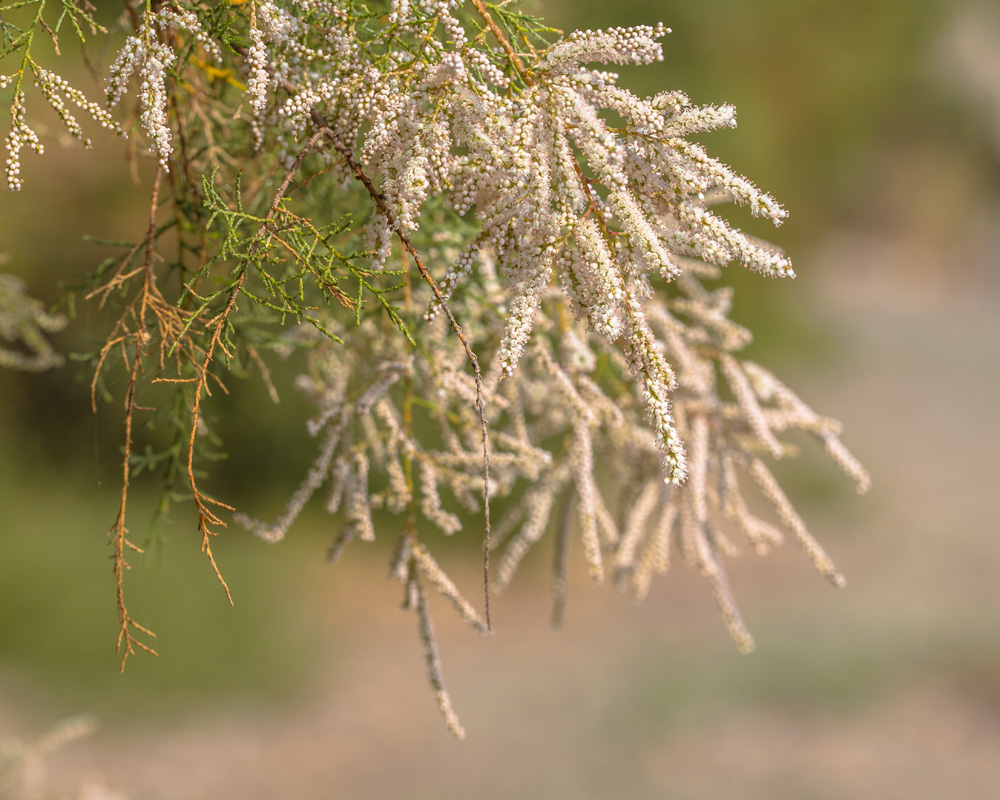Tamarix sp.
Common Name:
Tamarisk, Salt cedar

General information:
Tamarix is a genus of over 50 species of deciduous shrubs and small trees from coastal sites and dry or marshy, often salt rich areas inland, from W. Europe and the Mediterranean to E. Asia and India. As bonsai, Tamarix juniperina, Tamarix pentandra, Tamarix parviflora and Tamarix ramosissima, are most commonly used. Both of these species display attractive, feathery foliage typical of the genus. Their foliage consists of small scale- or needle-like leaves and plume-like, often leafy racemes of small flowers.
Though very tolerant of strong, salt-laden windy areas, Tamarisks do have a reputation for dying for no apparent reason. It is sometimes remarked they not only thrive on windy, coastal climates but also actually require it.
Temperature:
Zone 2 to 8; provide some frost protection when temperatures drop below -5°C in winter.
Lighting:
Full sun but shade from midday sun in summer. Provide some frost protection when temperatures drop below -5°C in winter.
Watering:
Normal, prefers an acidic, well drained soil. Native to the coast therefore should be given high humidity and normal watering.
Feeding:
Every two weeks throughout the growing season.
Pruning and wiring:
Pruning should be carried out at the right time for each species as some Tamarisks flower on old wood while others do so on growth made earlier in the year. Spring flowering species produce flowers on old wood and require pruning immediately after flowers have faded. Late-Summer flowering species produce flowers on wood produced earlier in the season and should not be pruned back until late winter. Many Tamarisk bonsai are styled with weeping foliage and this requires wiring downwards as it grows.
Propagation:
Take hardwood cuttings in winter or semi-ripe cuttings in summer. Air layer in late spring. Fresh seeds usually germinate within 24 hours after imbibing water; no pretreatment is needed.
Repotting:
In mid-Spring as buds extend.
Pests and Diseases:
Trouble free, but root rot, because of poorly drained soil.
Styling: Informal upright forms and cascades with weeping foliage in small to large sizes.
Bibliography:
Michael A. Dirr “Manual of Woody Landscape Plants”
Compiled by Jeff McKnight
